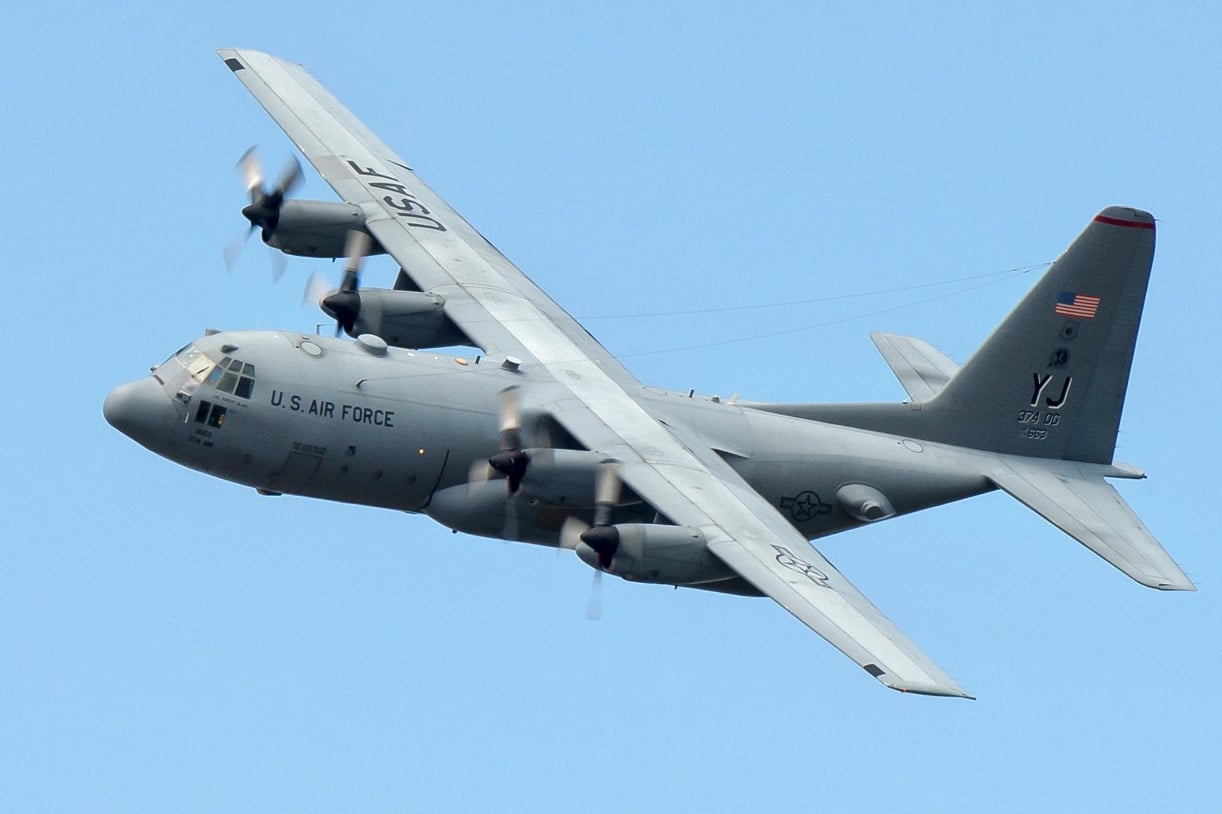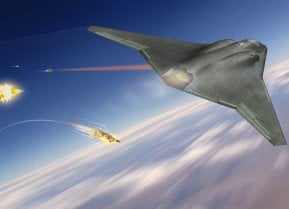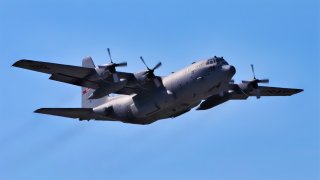Forget the F-35 Fighter or F-22: This Is the U.S. Air Force's Most Important Plane
The Lockheed Martin C-130 Hercules is one of the most iconic and versatile aircraft in the U.S. Air Force's fleet. Developed in response to the Air Force's need for a heavy-lift transport plane capable of operating in the challenging environments of Asia, the C-130 has proven its value in a variety of roles.
Summary and Key Points: The Lockheed Martin C-130 Hercules is one of the most iconic and versatile aircraft in the U.S. Air Force's fleet. Developed in response to the Air Force's need for a heavy-lift transport plane capable of operating in the challenging environments of Asia, the C-130 has proven its value in a variety of roles.
-From transporting cargo and troops to medical evacuations, reconnaissance, and even serving as the AC-130 gunship, the C-130 has been indispensable. Its ability to take off and land on short, unprepared runways and its long-range capabilities make it a critical asset.
-The latest variant, the C-130J Super Hercules, features advanced systems and continues to serve not only the U.S. but also the militaries of many allied nations.
The Legendary C-130
The Lockheed Martin C-130 Hercules is probably the most iconic long-serving transportation plane in the U.S. Air Force’s fleet.
The quadruple-propeller-driven C-130 was a direct response to a critical Air Force need in the mid-20th century. Namely, the Air Force needed a heavy-lift capacity that could reliably operate in the austere environments of Asia.
The Rise of the C-130
Two major wars in Asia defined the Cold War era – the Korean War and the Vietnam War.
The geography of Asia is very taxing on technology and military equipment. A key feature of the C-130 Hercules is its reliable capability to land and take off from short, unprepared runways in the thick jungle environments of Asia.
Indeed, the C-130 was a direct result of lessons the Air Force learned from fighting in Korea. These lessons would be applied to the Vietnam War, where the C-130 acquitted itself with honor.
The Air Force needed a tactical airlifter that could operate near the frontline, too. The C-130 “Herc” performed this vital task. C-130 has a high wing for cargo loading, a rear-loading ramp, and turboprop engines for efficiency and power. Using the turboprop rather than a jet engine made better sense, given the environments where the C-130 would operate.
Throughout its long service to the Air Force, the C-130 has performed countless mission sets. These birds have been used to transport cargo for the Air Force into combat zones. They have been used for medical evacuations. Paratroopers jump out of these birds, search and rescue operations are undertaken, and reconnaissance missions are part of its repertoire.
There’s even a similarly iconic gunship variant of the C-130, the AC-130 Specter Gunship. (It’s basically a flying battleship.) Oh, and the C-130 is often used for aerial firefighting missions.
Talk about an impressive list of missions.

U.S. Special Operations Forces relies on another variant of this bird known as the MC-130. It’s specially built to provide covert insertion/extraction and resupply missions.
Going the Distance
C-130s are not just powerful. They can also fly immense distances. With midair refueling as an option, a C-130 Herc can travel 2,361 miles.
The C-130 is the backbone of U.S. military operations because of the logistical advantages it provides. The Air Force has judiciously upgraded these important planes to keep up with the changing global threat environment. Currently, the Air Force is on the C-130J Super Hercules variant of its fleet. These planes have advanced navigational systems, greater fuel efficiency, and digitized cockpits, to name just a few advances.
Even more important for the Air Force is the fact that their C-130 is used by the militaries of multiple allied states. Its simpler design and turboprop engines mean it will remain in use for many years to come. The C-130 is one of the most important planes the Air Force has ever used.
Author Experience and Expertise: Brandon J. Weichert
Brandon J. Weichert, a National Interest national security analyst, is a former Congressional staffer and geopolitical analyst who is a contributor at The Washington Times, the Asia Times, and The-Pipeline. He is the author of Winning Space: How America Remains a Superpower, Biohacked: China’s Race to Control Life, and The Shadow War: Iran’s Quest for Supremacy. His next book, A Disaster of Our Own Making: How the West Lost Ukraine, is due October 22 from Encounter Books. Weichert can be followed via Twitter @WeTheBrandon.
All images are Creative Commons or Shutterstock.
From the Vault
Russia Freaked Out: Why the U.S. Navy 'Unretired' the Iowa-Class Battleships
Battleship vs. Battlecruiser: Iowa-Class vs. Russia's Kirov-Class (Who Wins?)


